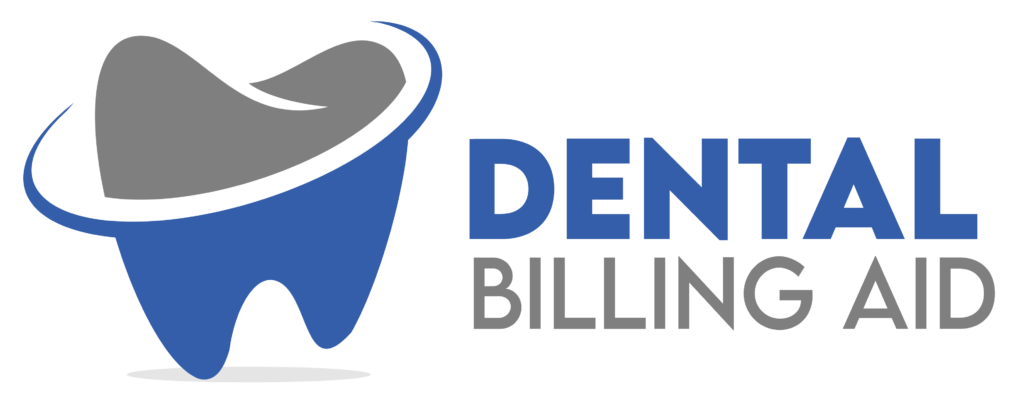Dental billing is a critical aspect of running a successful dental practice. It involves submitting claims to insurance companies for services rendered to patients. A key component of this process is insurance verification, which ensures that the practice receives timely and accurate payments.
What is Dental Insurance Verification?
Dental insurance verification is the process of confirming a patient’s insurance coverage before providing dental treatment. This process involves contacting the insurance provider to verify:
- Patient eligibility: Confirming that the patient has active coverage with the insurance company.
- Coverage details: Determining the specific dental services covered under the patient’s plan.
- Benefit limitations: Identifying any limitations or restrictions on the patient’s coverage, such as deductibles, co-pays, and annual maximums.
Why is Dental Insurance Verification Important?
- Reduces claim denials: By verifying insurance coverage beforehand, dental practices can minimize the risk of claim denials due to inaccurate or outdated information.
- Improves revenue cycle management: Accurate insurance verification helps ensure that claims are processed and paid promptly, improving the practice’s cash flow.
- Enhances patient satisfaction: Verifying insurance coverage helps patients understand their financial responsibility before treatment, reducing the likelihood of unexpected bills and improving patient satisfaction.
- Streamlines billing process: Insurance verification streamlines the billing process by ensuring that all necessary information is collected upfront, reducing the need for follow-up and rework.
The Dental Billing Process with Insurance Verification
The dental billing process typically involves the following steps:
- Patient registration: Collect patient information, including insurance details, during the initial visit.
- Insurance verification: Verify the patient’s insurance coverage by contacting the insurance provider or using an online verification system.
- Treatment planning: Develop a treatment plan and provide the patient with an estimate of their out-of-pocket costs.
- Claim submission: Submit electronic claims to the insurance company using the appropriate dental codes (CDT codes).
- Payment posting: Receive and post payments from insurance companies and patients.
- Follow-up: Follow up on any outstanding claims or patient balances.
Best Practices for Dental Insurance Verification
- Verify insurance before treatment: Always verify a patient’s insurance coverage before providing any dental services.
- Collect accurate information: Ensure that you have accurate and up-to-date patient and insurance information.
- Document verification details: Keep detailed records of all insurance verification activities, including the date, time, and name of the representative contacted.
- Use technology: Utilize dental practice management software with built-in insurance verification tools to streamline the process.
- Stay updated: Keep up with changes in insurance policies and regulations to ensure compliance.
Common Challenges in Dental Billing
- Claim denials: Denied claims can lead to delays in payment and increased administrative costs.
- Inaccurate information: Inaccurate or incomplete patient or insurance information can result in claim errors and denials.
- Changing insurance policies: Insurance policies and regulations can change frequently, making it challenging to stay updated.
- Time-consuming process: Dental billing, including insurance verification, can be a time-consuming process, requiring significant staff resources.
How to Overcome Billing Challenges
- Outsourcing: Consider outsourcing your dental billing to a specialized company to improve efficiency and reduce errors.
- Training: Provide ongoing training to your staff on proper billing procedures and insurance verification.
- Technology: Invest in dental practice management software with features like electronic claims submission and automated insurance verification.
- Regular audits: Conduct regular audits of your billing process to identify and address any issues.
By prioritizing accurate and efficient dental billing practices, including thorough insurance verification, dental practices can ensure timely payments, reduce administrative costs, and improve overall financial health.
